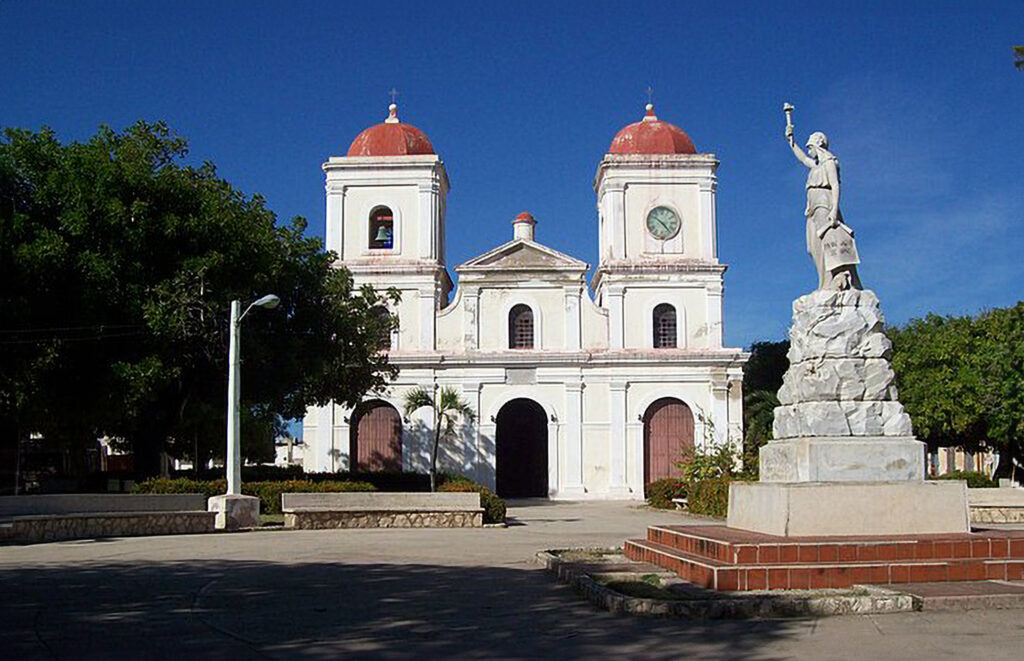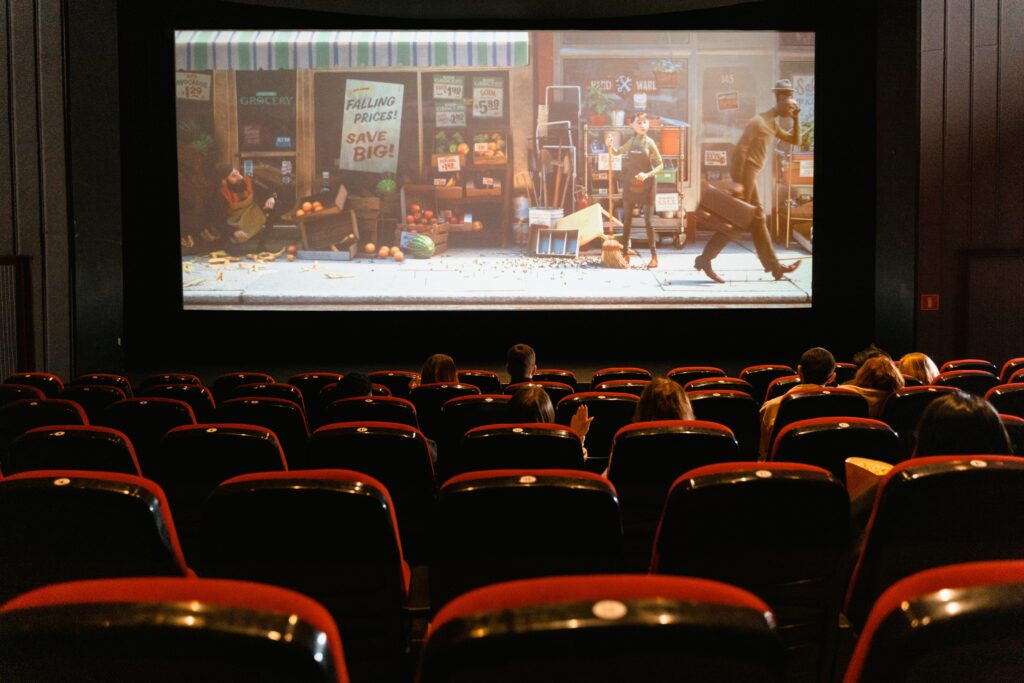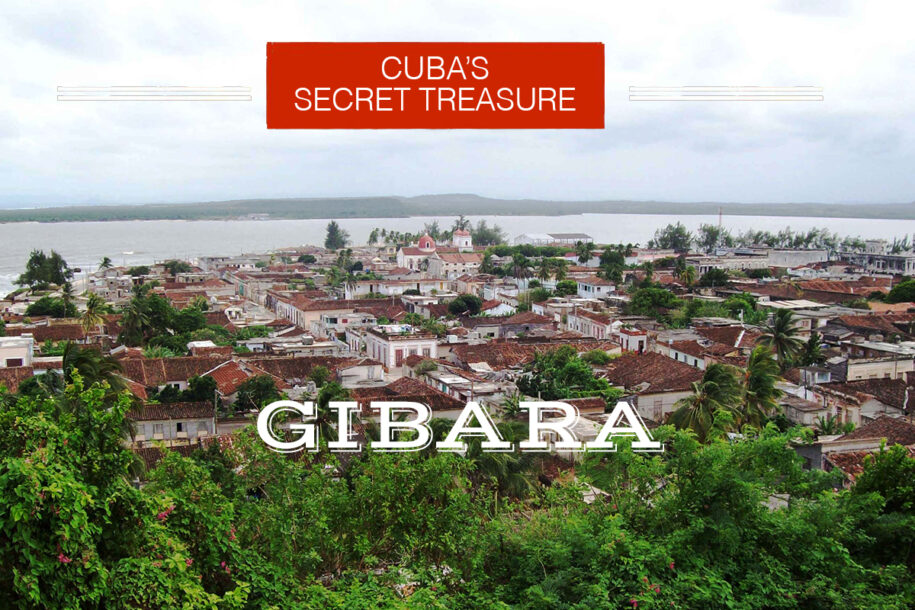
Gibara, Cuba’s Hidden Treasure is located in the far east of the island 5 hours west of Baracoa. It’s a far cry from Old Havana’s hustle bustle and a great place to get away from it all.
Gibara, Cuba’s Hidden Treasure with a Relaxed Vibe
Gibara Cuba’s hidden treasure is a small city with a relaxed vibe and is newer than larger destinations like Havana and Santiago. It was founded in 1817 and was a strategically important port in Cuba. However, Gibara’s importance lessened when a highway to Havana was built in the 1920s. This allowed goods to be shipped by road.
The lack of development has given Gibara a unique feel. It is a world away from the hustle and bustle of more populated parts of Cuba. The town even lacks a train connection!
Gibara’s relaxed pace of life and unique charm make it a popular tourist destination. Visitors can enjoy the town’s beautiful beaches, colonial architecture, and vibrant culture.
Things You Can do in Gibara
- Visit the Plaza Mayor and admire the colonial buildings that surround it.
- Take a walk along the Paseo Marítimo and enjoy stunning views of the bay.
- Visit the Castillo de San Pedro de la Roca, a 17th-century fortress that is a UNESCO World Heritage Site.
- Relax on one of Gibara’s many beautiful beaches, such as Playa Blanca or Playa Pilar.
- Enjoy the town’s vibrant nightlife, with its many bars, clubs, and live music venues.
Gibara is a truly unique and special place and is definitely worth a visit! Especially if you’re looking for a relaxed and authentic Cuban experience.
Gibara Cuba’s Hidden Treasure: A Town of Festivals

The population of Gibara Cuba goes up in the months of January, April and May. So if you plan to visit at this time it’s important to plan well ahead in terms of accommodation. The town plays host to a number of very well curated art festivals throughout the year.
Every second year in April, Gibara’s cinema, Cine Jiba, is host to the biennial Festival de Cine Pobre. It was established by Humberto Solás, the ‘enfant terrible’ of Cuban cinema in 2003. This celebrates low-budget fringe Latin American and the films are projected not only in cinemas and in the street!
Las Romerias de Mayo Festival
May is the month for Las Romerías de Mayo. An arts festival that has its origins in a religious rite designed to protect the area from evil. It’s now an arts festival that showcases local musicians, dancers, actors, and artists. The sleepy town can turn into one big party during the festival.
What to See: Museums and Galleries
Even if you’re not interested in seeing a film, be sure to poke your head inside the beautifully ramshackle lobby of the town’s cinema, the Cine Jiba (located on Parque Calixto García). The walls are papered with old posters for long-forgotten movies, which perfectly fits Gibara Cuba’s old world charm. The key museum of the town is the Museo de Historia Natural (located on Calle Luz Caballero) which is notable for the numerous whale skeletons on display, which befits the towns seaside location.
Museo de Artes Decorativas
The Museo de Artes Decorativas in Gibara, Cuba, displays a vast collection of decorative art, including particularly glorious stained glass windows. Hurricanes Ike and Sandy damaged many of the town’s stained glass windows in 2008 and 2012, respectively.
Despite this, the Museo de Artes Decorativas is still worth a visit, simply for the viewing platform on the roof. From here, you can enjoy panoramic views of the town and ocean.
